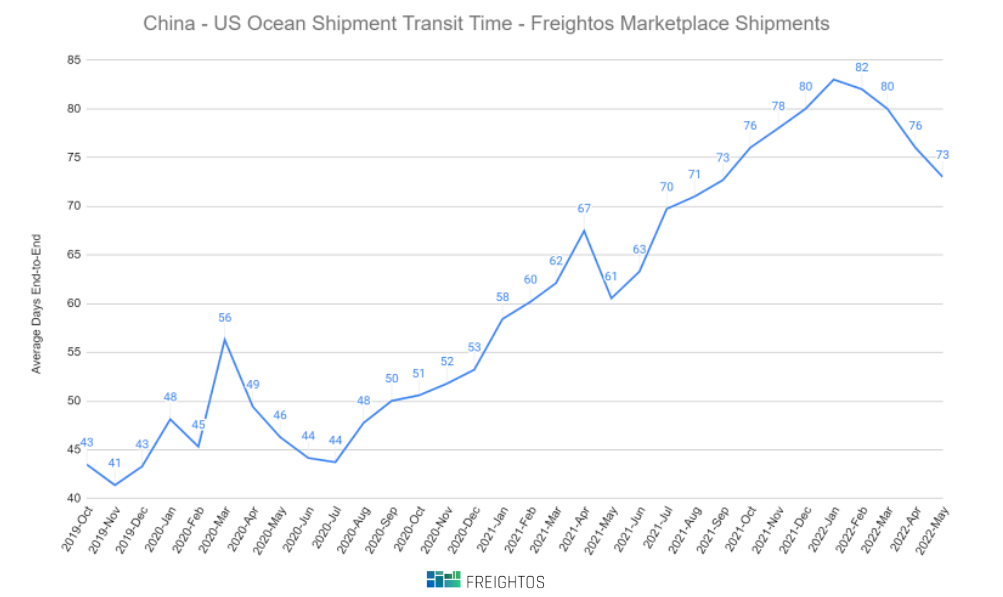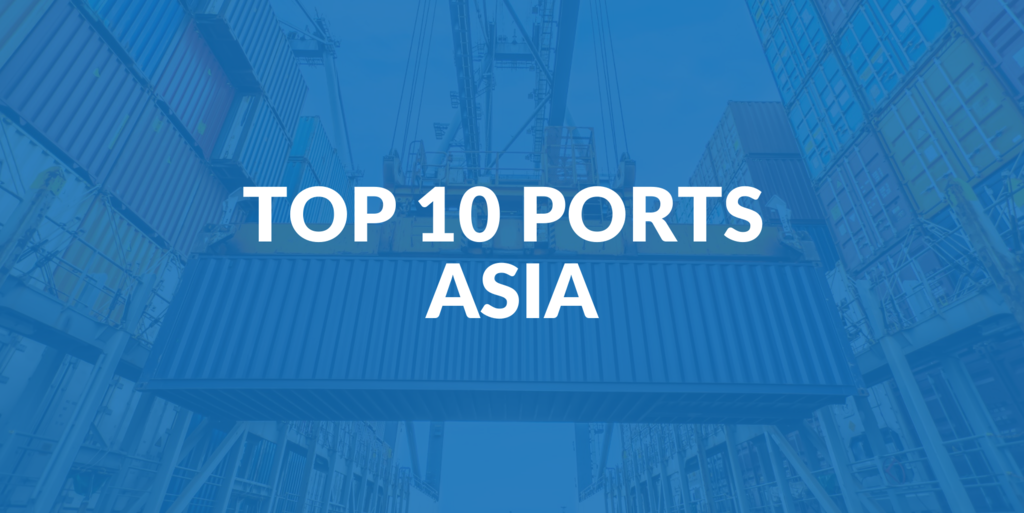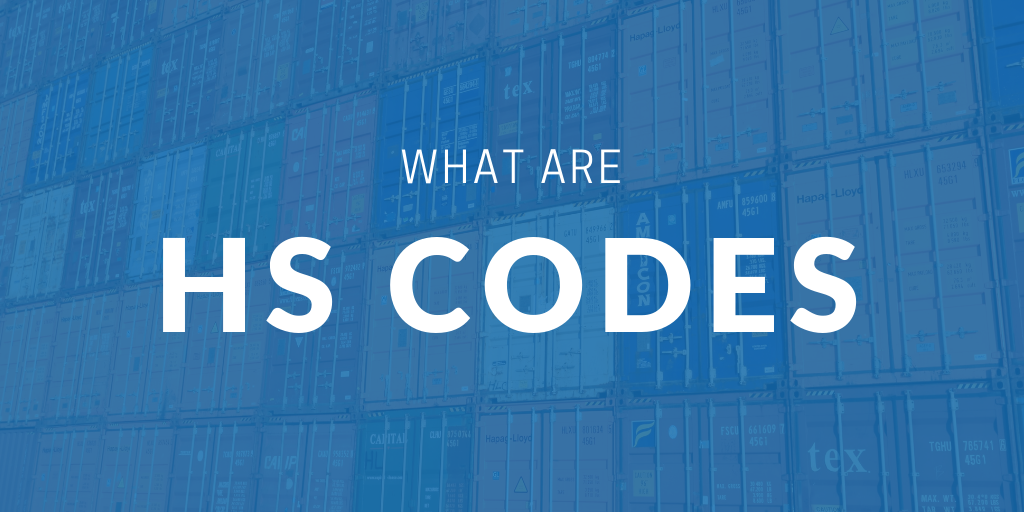Freight & shipping costs & delays
There are a number of current shipping issues impacting freight costs and shipping delays. Seasonality, a drop in available exports, and inflation’s impact on European consumer demand are causing decreased Asia-Europe pricing, while the lockdown in Shanghai drove down Asia-North America ocean rates in May – though these remain extremely elevated compared to pre pandemic prices.
The two-month lockdown in Shanghai has significantly impacted the availability of exports. Though authorities are trying to jumpstart production, manufacturing continues to drag. And with the city’s trucking capacity down an estimated 45% it is difficult to get imported materials from the ports to the factories – or available shipments from factories to ports.
These factors have led to an estimated 20-30% drop in export volumes out of Shanghai since the lockdown began.
With Shanghai set to begin reopening in June, it is possible a surge of pent up demand will combine with these other trends to put renewed pressure on operations and freight rates.
Ocean freight market update & forecast for 2022
Asia – N. America West Coast rates fell more than 30% in May to $10,762/FEU and East Coast prices fell 20% to $13,796/FEU.
Both remain more than 35% higher than a year ago, but have returned to levels not seen since last summer.
Likewise, conditions at LA/Long Beach ports have improved over the last two months, marketplace data show that average China – US ocean transit times have steadily fallen by 12% since the start of the year.
Blank sailings have kept Asia – North Europe prices level in May. Rates fell just 2% to $10,579/FEU since the end of April – only 6% higher than a year ago – though they have decreased a total of 12% since the start of the lockdown in Shanghai at the end of March.
But Asia – Europe rates had already been falling for much of the year prior to the outbreak in Shanghai. From just after Lunar New Year in February until just before the shutdown in late March, Asia – Europe rates decreased 18% – or nearly $3,000/FEU.
This drop suggests seasonal demand trends among European importers or more pronounced effects of inflation on consumer spending in Europe.
These are container freight rates for June 1, 2022
| LANE | Global | Asia – US West Coast | Asia – US East Coast | Asia – North Europe | North Europe – US East Coast |
| This Week | $7,622 | $10,762 | $13,796 | $10,579 | $8,395 |
| Last Week | -3% | -6% | -5% | 0% | 0% |
| Last Year* | 41% | 33% | 84% | 0% | 92% |
| * Compared to the corresponding week in 2021 | |||||
Freight cost increases 2022
The past couple of years have been volatile for shippers around the world. At the beginning of the pandemic, attempts to hedge against dramatic rate drops via capacity management contributed to an increase in prices when consumer demand shot up in the summer of 2020.
Now two years into the supply chain crisis, rates are beginning to stabilize – although on some lanes prices are still 400% higher than they were pre-pandemic.
When will shipping prices go down?
In the current situation, many importers and exporters are wondering when they can expect freight rates and shipping prices to go down. The answer? Not yet.
But, despite potential delays and high freight shipping costs, there are a few steps importers can take right now:
How to navigate the current freight market:
- Compare at least a few quotes and modes to make sure you are getting the best cost and most efficient service possible.
- Buffer your freight budget and transit time for changes. Costs due to unforeseen delays or limited capacity can arise, so be prepared.
- Explore warehousing options to mitigate the effects of lowered demand and business restrictions in the US.
- Pay attention to the profitability of your goods and consider if a pivot could be worthwhile. Additionally, remember to factor in freight costs when assessing profitability.
How small or midsize importers can plan for operational success
- Understand that delays and extra charges may arise. Freight forwarders are trying their best to move goods on schedule without additional fees, but in this unstable period, delays and additional charges can occur out of forwarders’ control.
- Consider which shipping mode is best for you right now. As during non-pandemic times, ocean freight is typically far cheaper but has significant lead time. If your transit time demands it, ship by air and you’ll have confidence in the transit times.
- Book now if you can to get goods moving as quickly as possible.
- Communicate regularly with your freight forwarder. This is more important than ever – staying in touch means you’ll have a better handle on your transit time and stay on top of any changes that may arise.
- Make sure that you have manpower to accept your goods at arrival. This will minimize delays.



